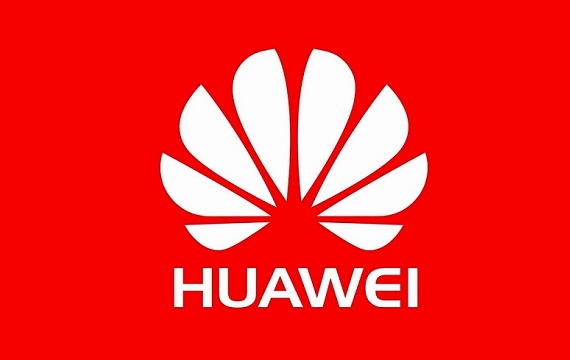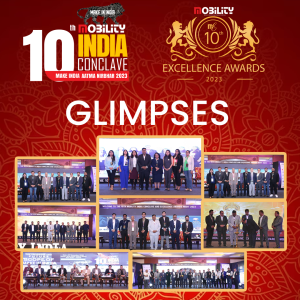Huawei will unveil its Kunpeng Ecosystem Base and showcase latest 5G development in Chengdu, China, on the Asia-Pacific innovation Day this September.
To advance the Kunpeng industry ecosystem, Huawei plans to invest CNY3 billion in the next 5 years. Meanwhile, the tech giant has built an online Kunpeng community that provides acceleration libraries, compilers, toolchains, and open-source operating systems, helping partners and developers quickly access capabilities regarding operating system, compiler, and application porting and optimization, together to build, share, and win in the new computing era.
This year’s Asia-Pacific Innovation Day, on September 3 in Chengdu, will focuses innovative and meaningful applications of cutting-edge technologies such as 5G, Artificial Intelligence, and how they can drive progress in all areas of human endeavor.
During the event, experts, innovators, scholars, and policy-makers will discuss how we should use technology to reimagine our environment.
“Huawei has spent 30 years giving back to the world in which it operates. We are inspired by a vision to use technology to connect people and things in a way that will bring limitless brainpower to the challenges facing the planet, and mankind. Our work includes protecting the natural environment, endangered species, monument and heritage, with an aim to preserve these treasures for future generations,” said Vincent Pang, senior vice president and president of corporate communication of Huawei.
Fifth-generation mobile technology enables gigabit speeds and more powerful connectivity. It is expected to account for 15 per cent of global mobile connections by 2025, while Asia-Pacific is on track to becoming the world’s largest 5G region, according to telecoms lobby group GSMA.
Southeast Asian countries eyeing the promise of 5G connectivity to boost economic development are sticking to the Chinese telecommunications giant. Cambodia, Indonesia, Malaysia, Philippines and Thailand, all members of the Association of Southeast Asian Nations, or ASEAN, have indicated they may cooperate with Huawei to build their fifth-generation mobile communications networks.
In Thailand, for example, Huawei has built the 5G Testbed in the Eastern Economic Corridor (EEC), which is also the first in the Southeast Asia region. In Malaysia, Huawei has signed memorandums of understanding with major telecom companies Maxis and Edotco to cooperate on 5G technology. In countries such as Vietnam, Huawei has already actively participated in the 5G tests of local carriers.
In June, Globe Telecom of the Philippines launched Southeast Asia’s first 5G broadband service, backed by Huawei equipment.
“Huawei is very much at the cutting edge. They innovate … and they are also very competitive on price, so that is why Huawei can be such a prominent player,” said Jake Saunders, vice-president of Asia-Pacific advisory services at ABI Research.
To date, Huawei has secured 50 commercial 5G contracts and has shipped more than 150,000 base stations to markets around the world.






